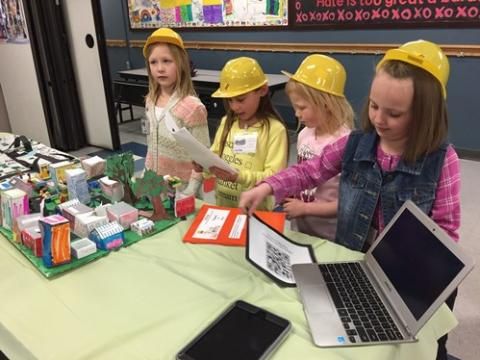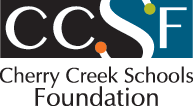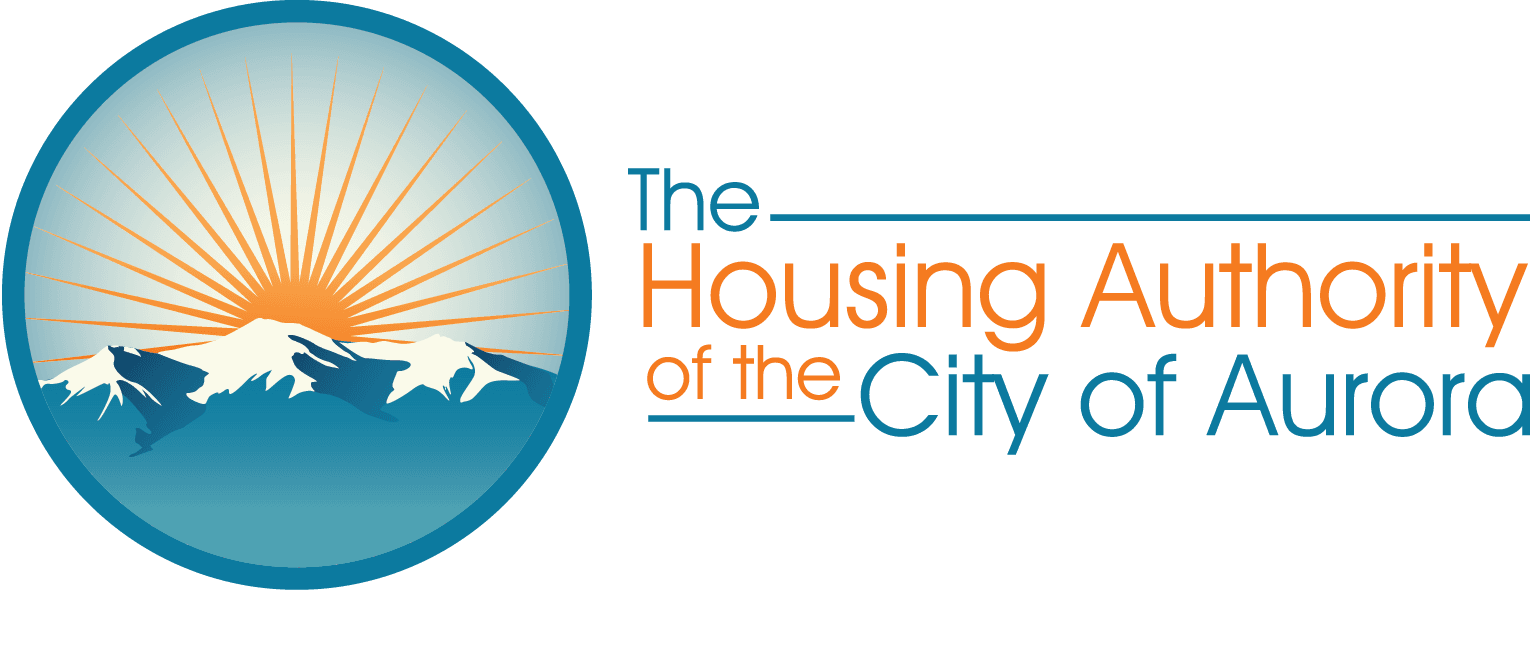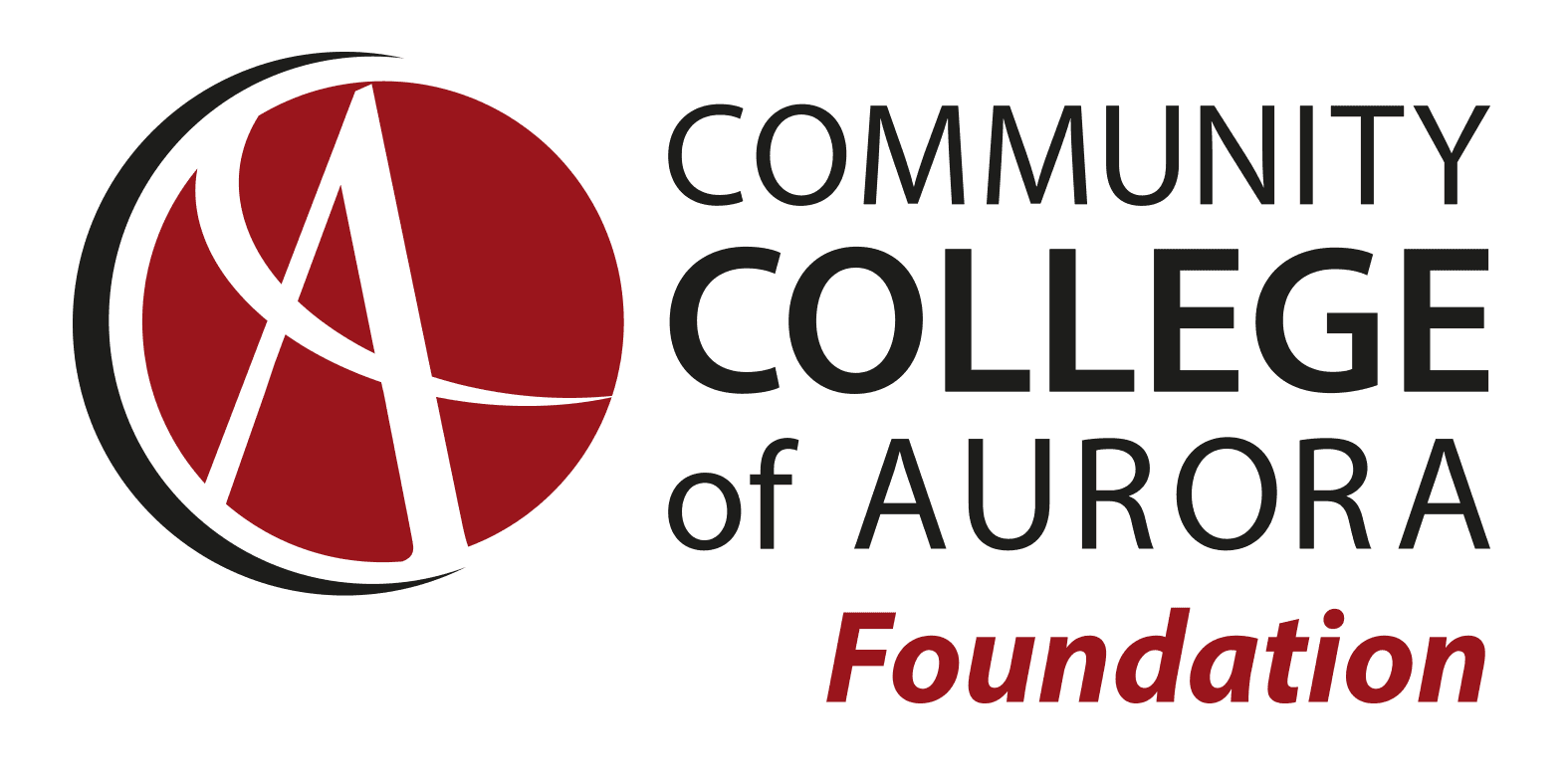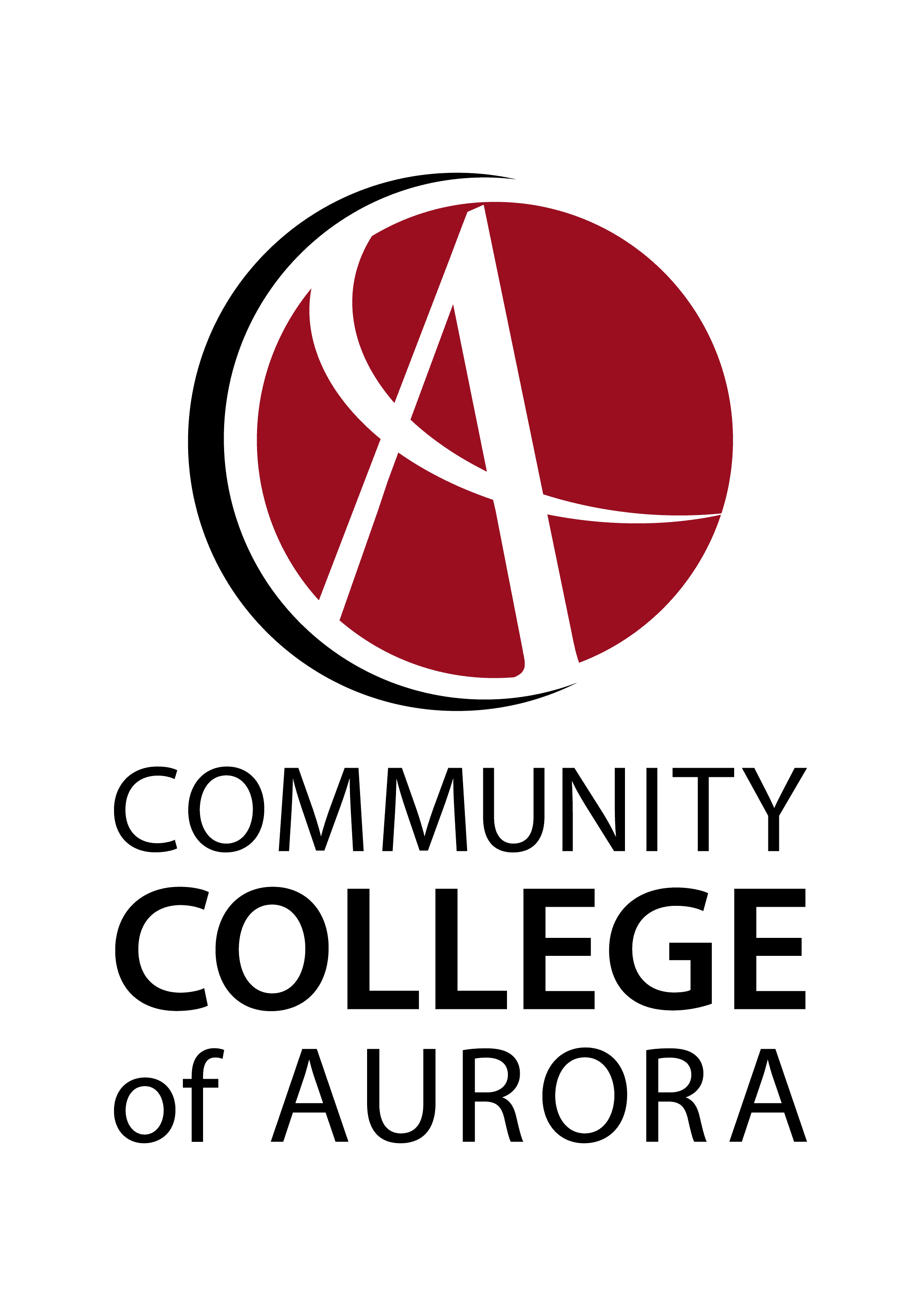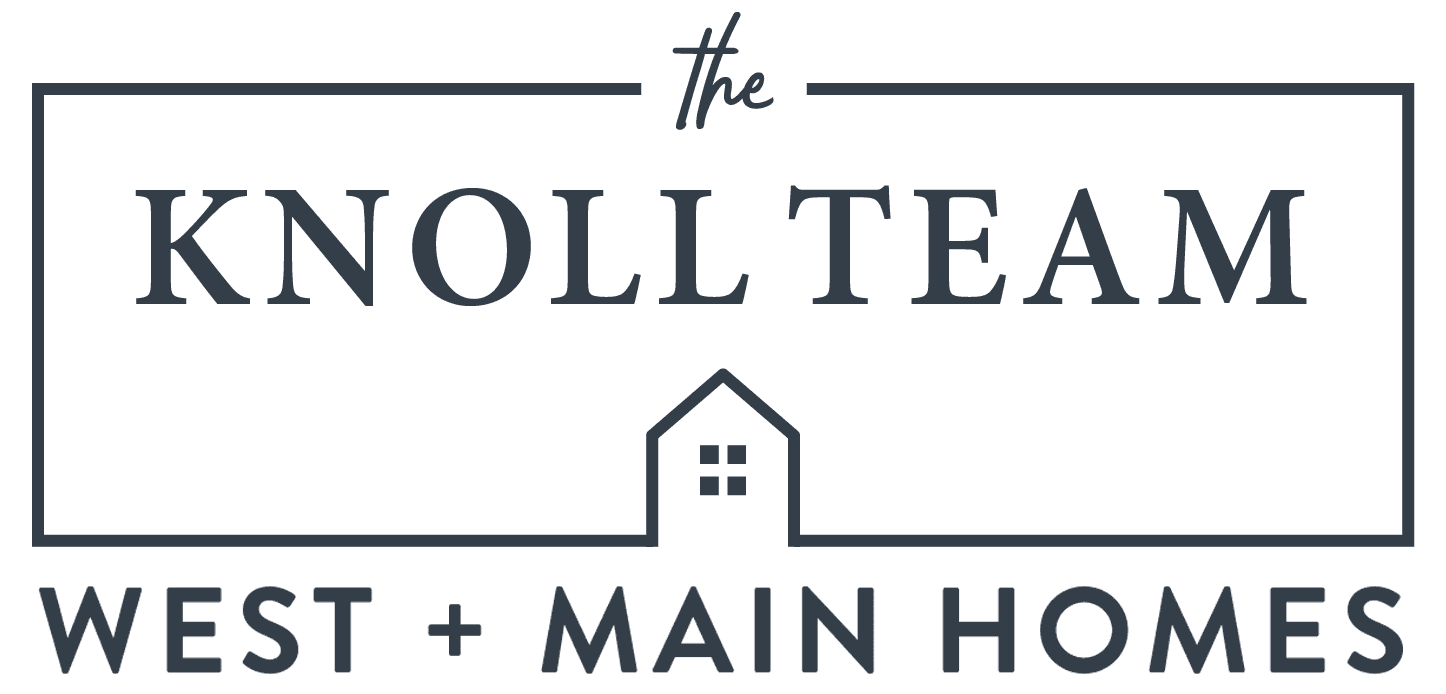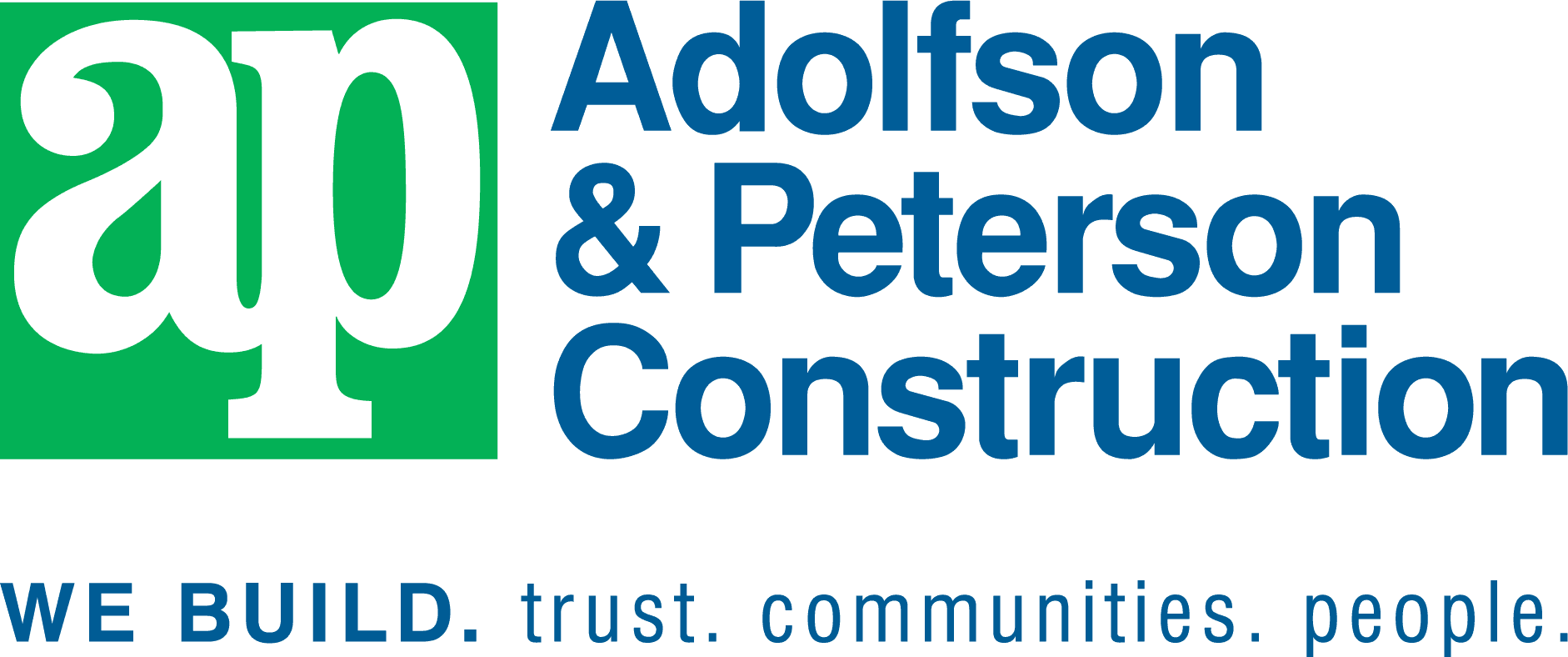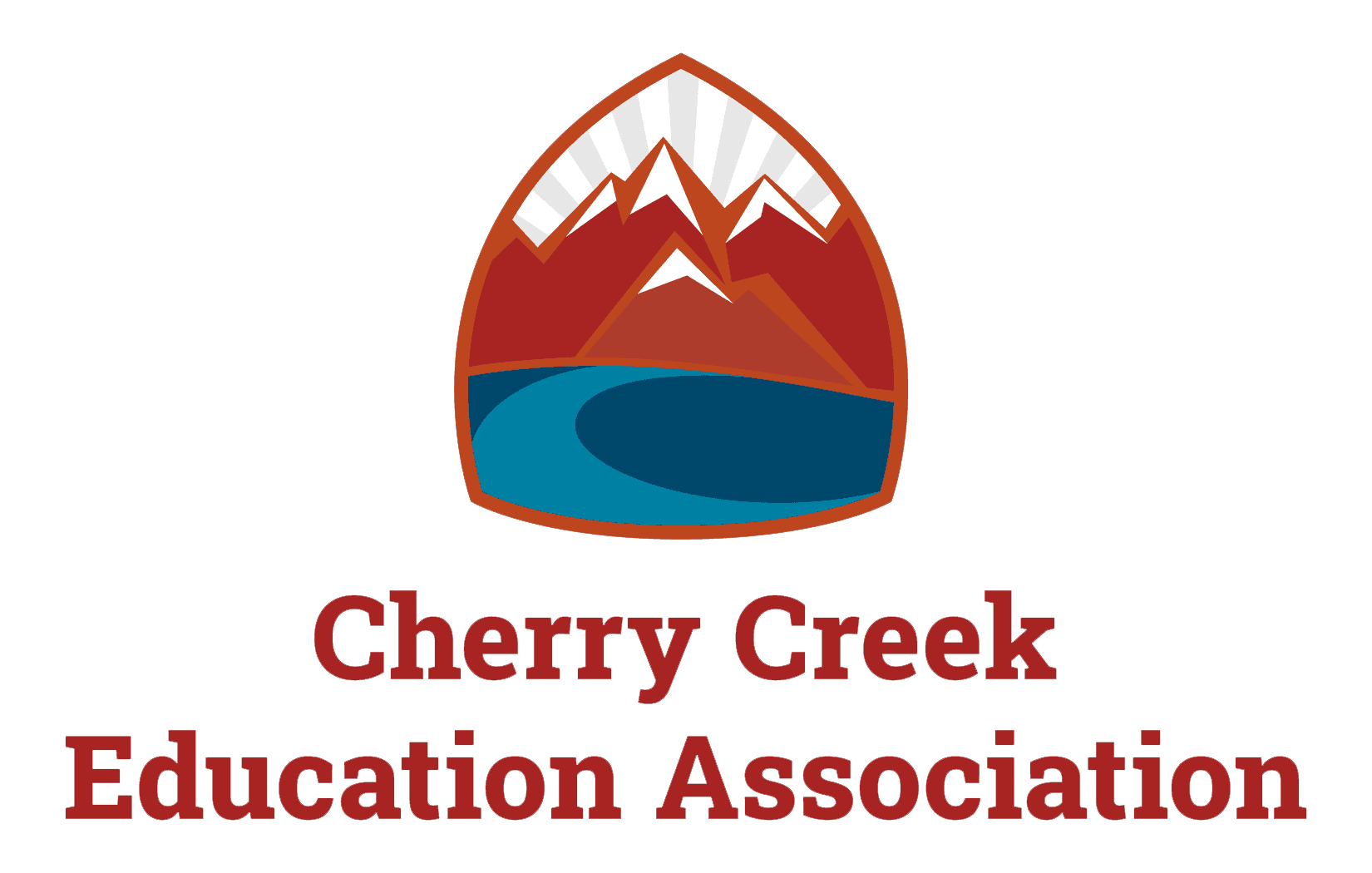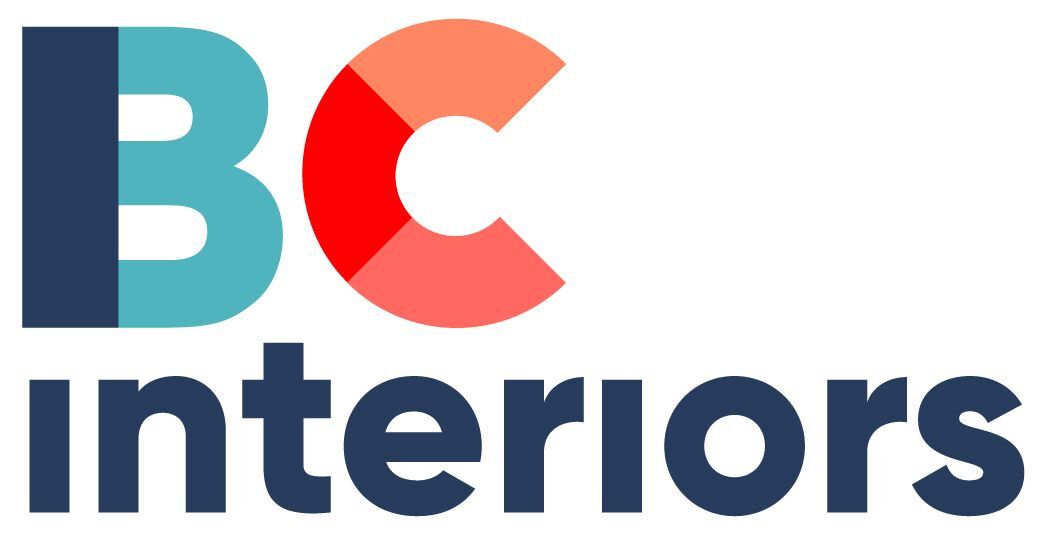Homestead students build planned communities
How would you answer the question: “How do people in different groups and communities interact with each other and with the environment?”
That complex query was given to a class of first-graders at Homestead Elementary earlier this year. You might think six- and seven-year-olds would find that kind of question a little intimidating. But to the contrary, they found it inspiring.
"It’s amazing to see the heights even young students can reach when they are motivated, challenged and supported,” said Keely Moran, the STEM (Science, Technology, Engineering and Math) teacher at Homestead. Moran applied for and received an Educator Initiative Grant from the Cherry Creek Schools Foundation to fund the project. Educator Initiative Grants encourage, recognize and reward innovative and creative instructional approaches.
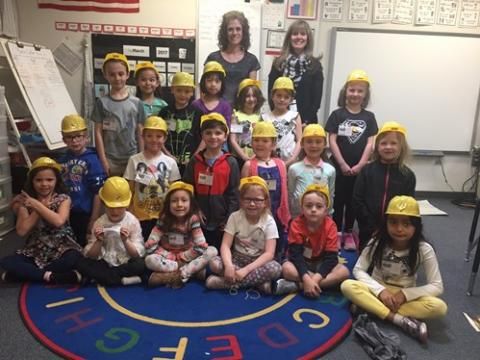
To answer the initial question, students identified elements of a community by studying maps and reading non-fiction text, said first-grade teacher Shannon Palumbo. “They worked in small groups and created their own community map using an online mapping program. Then they transferred it to a large two-dimensional map.”
The students then sought some expert feedback. They presented their maps to Derek Holcomb and Jenny Houlne, who are community planners for the City of Centennial. The professional planners shared their expertise with the amateur planners and gave the students ideas about how to improve their communities.
Then it was back to the drawing board to revise their community maps and began building their communities in three dimensions. Students cut and folded 2D paper nets into 3D buildings. They used Legos to build structures. Armed with iPads, they used an app called Blokify to create a 3D model, which they printed on the school’s 3D printer. Finally, the budding architects, engineers and landscape designers added roads, parks, sidewalks, trails, water features and more to complete their 3D models.
“Lastly, each group of students prepared a Google Slides presentation to explain their work and justify their community plan,” Moran added.
Throughout the process, parents were impressed by what their children were doing, how engaged they were and how their collaboration and communication skills improved. The teachers agreed.
“I am proud of how our students were able to compromise and work with one another to accomplish a common goal,” Palumbo said. “If first-graders can do this now, I can't even imagine the possibilities that the future holds for them.”
The community planning project culminated with a ribbon-cutting ceremony on Feb. 24 where students displayed their 2D maps and 3D models and shared their slide presentations with parents, their fifth-grade buddies and Holcomb and Houlne, the planners from Centennial. While the ceremony marked the end of this particular project, the students said their community planning days are just beginning.
“Our story isn't over yet because the world will give us more adventures,” first-grader Maggie Weissert explained. “We will work with others, compromise and build something amazing again!”
